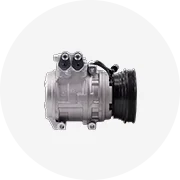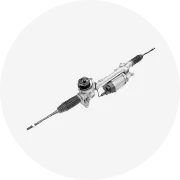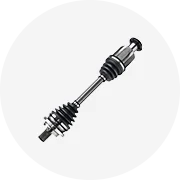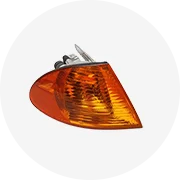Phổ biến trong ngành của bạn















Các danh mục hàng đầu
Giới thiệu về 1j50 permalloy mumetal dải
Nhận quyền truy cập vào chất lượng cao, mạnh mẽ và chắc chắn. 1j50 permalloy mumetal dải tại Alibaba.com để cải tiến hiệu suất của động cơ và tăng tuổi thọ của chúng lên rất nhiều. Những điện dung và mạnh mẽ. 1j50 permalloy mumetal dải không chỉ áp dụng cho xe cộ mà còn lý tưởng cho tất cả các loại máy móc hạng nặng. Chất lượng của những. 1j50 permalloy mumetal dải hoàn toàn vượt trội và chúng được tạo ra trong khi sử dụng các công nghệ mới nhất để hỗ trợ tốt hơn cho các động cơ và vận hành chúng trơn tru.
Điều đáng chú ý và nổi bật. 1j50 permalloy mumetal dải được tìm thấy trên trang web được cung cấp bởi một số nhà cung cấp và nhà bán buôn hàng đầu, những người đã xuất sắc cung cấp các bộ phận máy chất lượng hàng đầu trong một thời gian dài. Những chắc chắn. 1j50 permalloy mumetal dải chống ma sát, mang lại hiệu suất nhất quán và thân thiện với môi trường, đó là những ưu điểm lớn nhất của những sản phẩm này. Bạn có thể chọn từ nhiều loại vận hành xăng và dầu diesel. 1j50 permalloy mumetal dải tương thích với tất cả các loại mô hình.
Khi bạn mua những loại hiệu quả và hoàn hảo này. 1j50 permalloy mumetal dải tại Alibaba.com, bạn có thể lựa chọn giữa các biến thể riêng biệt của sản phẩm tùy thuộc vào kích thước, công suất, công suất mô-men xoắn, loại bộ tản nhiệt và kiểu máy để phù hợp với yêu cầu cụ thể của bạn. Các. 1j50 permalloy mumetal dải có thể truy cập ở đây là cánh tay đòn, bộ theo trục cam, ổ trục thanh, bộ tản nhiệt, v.v., theo nghĩa đen, cho phép bạn truy cập tất cả các loại bộ phận. Các. 1j50 permalloy mumetal dải đều được chứng nhận bởi ISO, SGS, CE, IAF để đảm bảo chất lượng tối ưu.
Khám phá nhiều thứ khác nhau. 1j50 permalloy mumetal dải nằm trong phạm vi Alibaba.com và tiết kiệm tiền khi mua sản phẩm. Tất cả các sản phẩm này đều có sẵn dưới dạng đơn đặt hàng OEM khi mua số lượng lớn cùng với các tùy chọn để tùy chỉnh bao bì và sản phẩm của bạn. Ưu đãi lớn cho những mặt hàng này đang chờ bạn.























